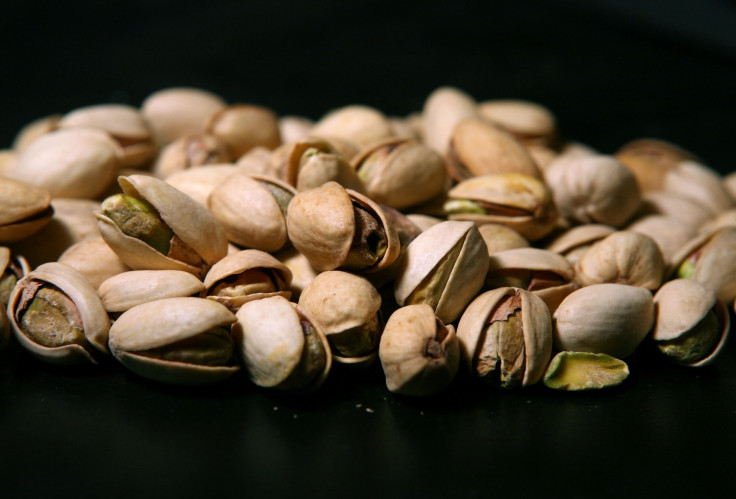Salmonellosis Facts: Second Most Common Intestinal Infection Linked To 1 Death

Scores of people have fallen sick amid an outbreak of salmonella poisoning in Louisiana. The outbreak may have caused the death of one person, according to officials.
According to the Louisiana state health officials, this outbreak is associated with a local fundraiser held on Oct. 16 in Caldwell Parish. The fundraiser was supported by many local businesses throughout the community that purchased plates of jambalaya – the suspected cause. Jambalaya is a stew-like dish of Louisiana origin, made with meat, chicken, sausage, vegetables, rice and often seafood.
The Outbreak News Today reported that as of Oct. 19, 49 cases of a gastrointestinal illness were confirmed with 31 people hospitalizations. One person was reported to be dead. However, an autopsy will be conducted to determine if the death was caused by this illness or something else.
According to the report, laboratory samples of five individuals have tested positive for Salmonella. And it is believed that at least 300 people were served the suspected jambalaya. The officials are anticipating that there will be more reports of illness in the coming days.
The health department said that the food purchased from the fundraiser including side dishes that could have had contact with the jambalaya, should be thrown away, CNN reported.
Quick facts about Salmonellosis:
- Salmonellosis is an infection caused by the bacteria salmonella.
- It is usually characterized by acute onset of fever, abdominal pain, diarrhea, nausea and sometimes vomiting.
- Salmonella bacteria was discovered by an American scientist named Dr. Salmon.
- Salmonella is the second most common intestinal infection in the United States. The bacteria are known to cause illness for over 125 years.
- It is one of the most frequently reported foodborne illnesses in the U.S.
According to the Centers for Disease Control and Prevention (CDC), salmonella cause approximately one million foodborne illnesses in the U.S., with 19,000 hospitalizations, and 380 deaths annually.
Most people infected with salmonella develop diarrhea, fever, and abdominal cramps 12 to 72 hours after infection.
This illness usually lasts for 4 to 7 days, and most people recover without treatment. However, in some cases, diarrhea may be so severe that the patient needs to be hospitalized.
Children are at the highest risk for salmonella infection.
Children below 5 years of age have higher rates of salmonella infection than any other age group. Young children, older adults, and people with weakened immune systems are the most likely to have severe infections.
The World Health Organization (WHO) report mentioned that prevention from this disease requires control measures at all stages of the food chain, from agricultural production to processing, manufacturing, and preparation of foods in both commercial establishments and at home.
Preventive measures for salmonella include:
The contact between infants or young children and pet animals like cats and dogs that may be carrying salmonella bacteria needs careful supervision.
The WHO says that there are five keys to safe food that serve as the basis for educational programs to train food handlers and educate consumers. They are especially important in preventing food poisoning. The keys to safe food are:
- keep clean
- separate raw and cooked
- cook thoroughly
- keep food at safe temperatures
- use safe water and raw materials.
National and regional surveillance systems on foodborne diseases are important means to know and follow the situation of these diseases and also to detect and respond to salmonellosis and other enteric infections in early stages so that it does not spread further.
© Copyright IBTimes 2024. All rights reserved.





















